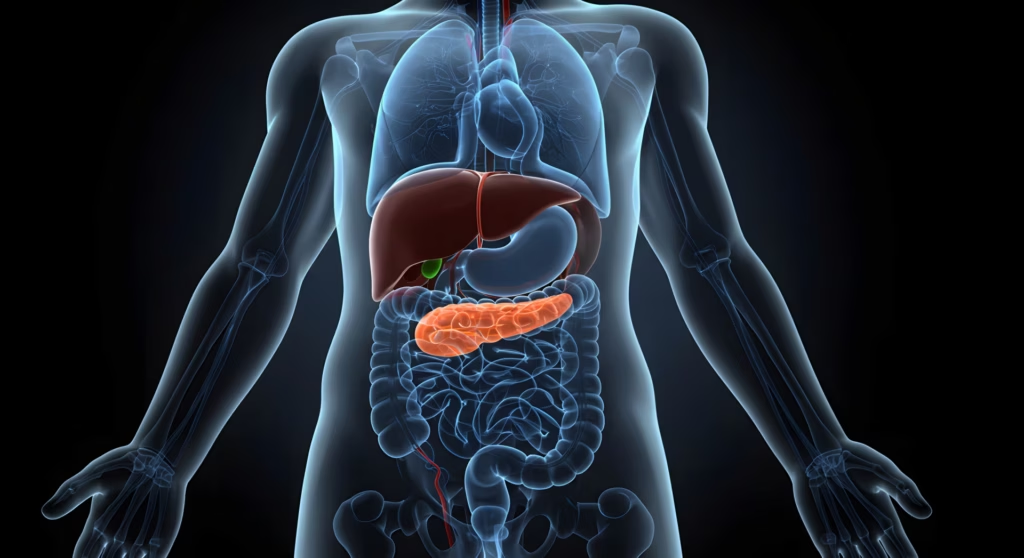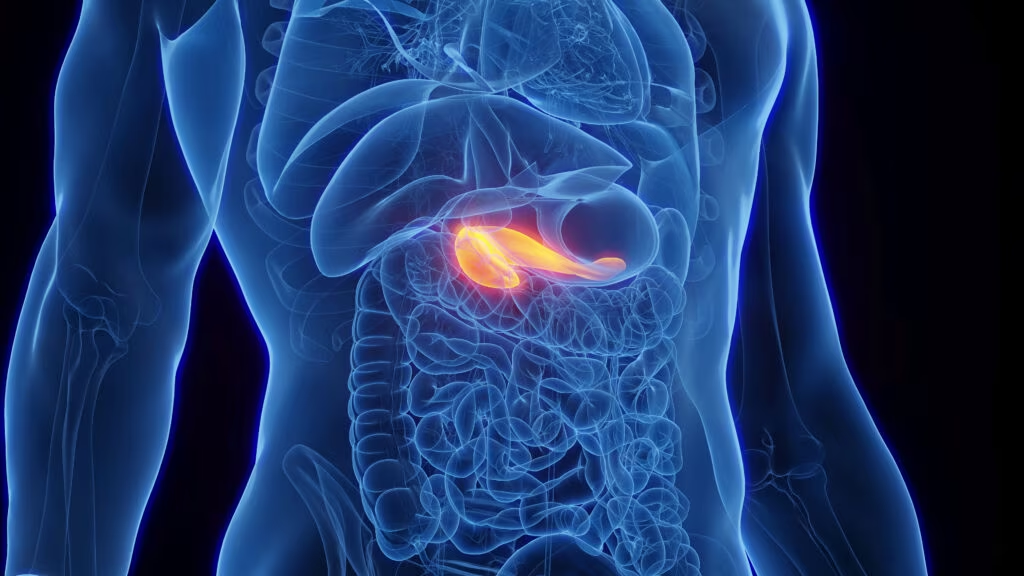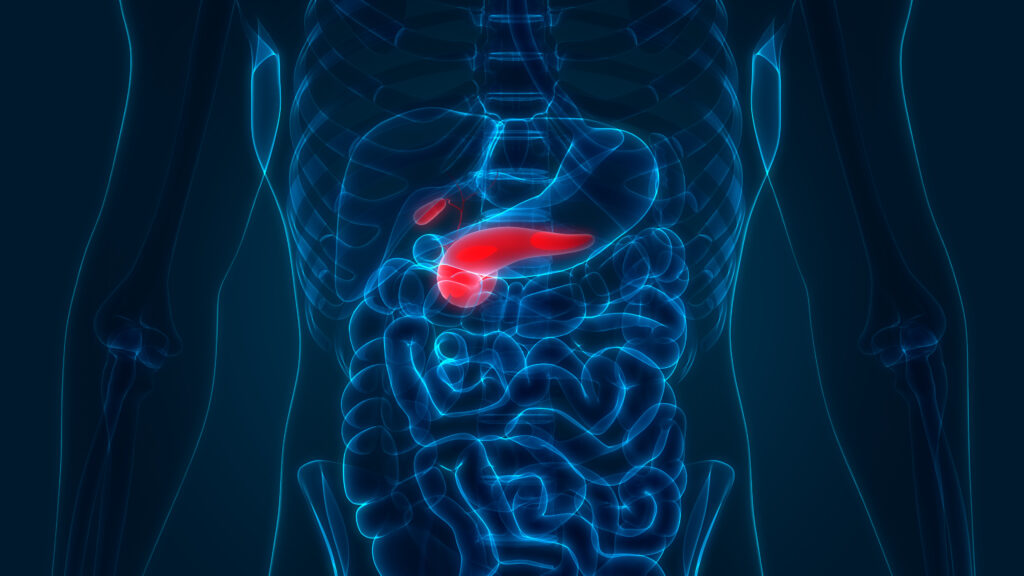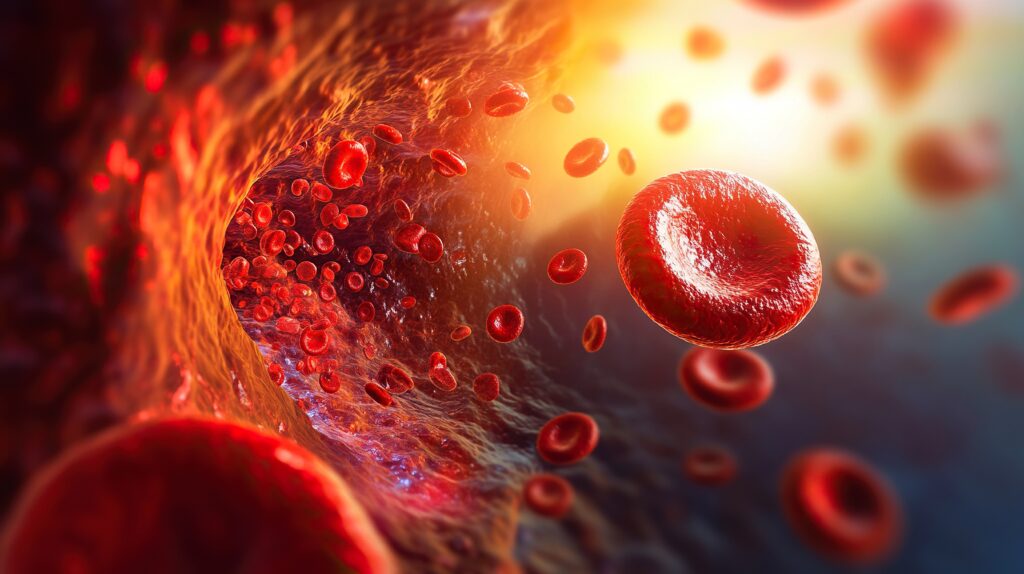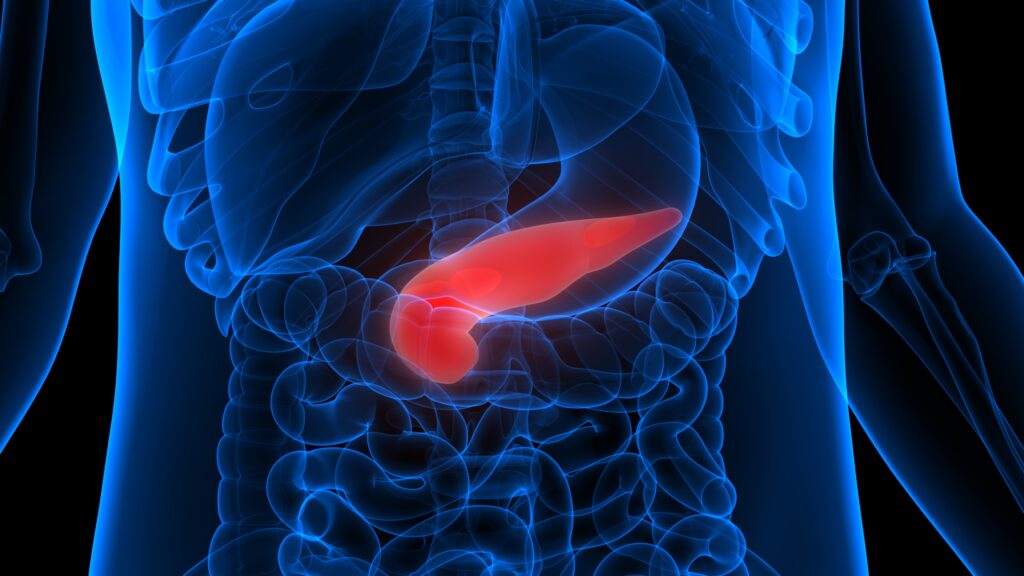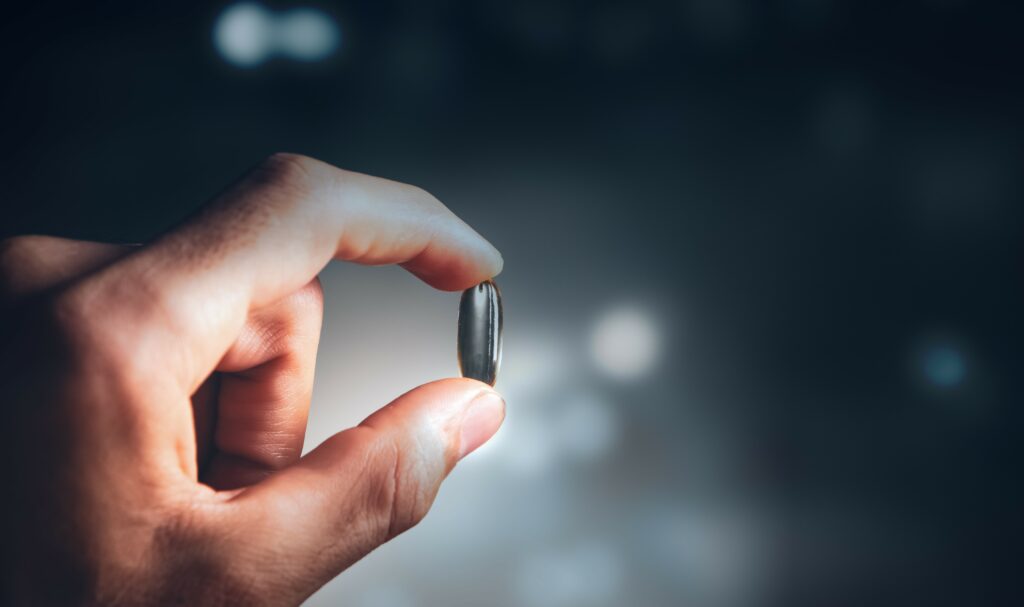Type 2 diabetes is a progressive disease, therefore, an escalation of therapy is often needed during the course of this chronic and incurable condition in order to prevent late complications associated with poor metabolic control.
Type 2 diabetes is a progressive disease, therefore, an escalation of therapy is often needed during the course of this chronic and incurable condition in order to prevent late complications associated with poor metabolic control. Current joint recommendations from the European Association for the Study of Diabetes (EASD) and the American Diabetes Association (ADA) include a triple therapy that consists of a combination of metformin, basal insulin and a glucagon-like peptide-1 (GLP-1) receptor agonist (GLP- 1RA) when a dual therapy with either metformin and a basal insulin or metformin and a GLP-1RA is not sufficient to reach the therapeutic goals.1
Short-acting GLP-1RA (exenatide BID, lixisenatide) or medium-acting GLP-1RA (liraglutide) prolong gastric emptying and therefore lower predominantly postprandial glucose.2–4 Long-acting GLP-1RA on the other hand (exenatide QW, albiglutide, dulaglutide) reduce fasting plasma glucose more effectively than the short-acting ones, mainly via their glucagonostatic effect. The combination of short-acting GLP-1 RA with a long-acting basal insulin is therefore a feasible combination.2–5 Vice versa, long-acting GLP-1RAs can be combined with more complex prandial insulin regimes with short-acting insulins.
Five studies have been published in terms of GLP-1RA as an add-on therapy with a basal insulin and metformin.6–10 From baseline glycated haemoglobin ( HbA1c) values of 8.2–8.5 % a mean HbA1c reduction of up to 1.8 % was reached with the combination therapy. This outcome was significantly better in all studies compared with a continuation and dose escalation of the insulin therapy. Further advantages of the combination therapy were the observed body weight loss (up to 1.8 kg in 30 weeks) and the lower risk of hypoglycaemia. More patients reached a combined endpoint with an HbA1c <7.0 %, no body weight gain and no hypoglycaemia. Nausea and gastrointestinal side effects were observed more frequently in the patients receiving a GLP-1RA, but more patients reported treatment satisfaction and better quality of life with the addition of a GLP-1RA to the basal insulin.10
There are also a number of clinical studies that support the concept of adding a basal insulin to an already existing therapy with a GLP- 1RA and metformin.7,11,12 The efficacy and safety of the combination was generally comparable to the studies in which the escalation towards the combination therapy was from a basal insulin therapy plus metformin to the triple therapy adding a GLP-1RA. The body weight did not increase and the hypoglycaemia incidence was very low. Also the incidence of gastrointestinal side effects was similar.
More clinical study data are expected for various combinations of different basal insulins and GLP-1RA. Long-term data on micro- or macrovascular outcomes are still missing, but in therapeutic practice the combination is increasingly popular, especially when patients are on metformin and a basal insulin already. This combination is mostly used in obese and insulin-resistant patients in order to improve metabolic control and to prevent the vicious cycle of continuously increasing insulin doses and further consecutive increases of body weight and hypoglycaemic events. The acceptance of this treatment option is high among patients not only due to the smaller risk of hypoglycaemic episodes but also due to the favourable body weight development and the convenience of using standard doses for the GLP-1RA rather than insulin dosing rules together with frequent blood glucose monitoring. The main limitations for this therapeutic combination are nausea and gastrointestinal side effects as well as therapy costs.
As a novel variant of this treatment option, fixed mixtures of basal insulins with a GLP-1RA are in development or clinical phase III studies (e.g. insulin degludec and liraglutide ‘IDegLira (Xultophy)’, insulin glargine and lixisenatide ‘LixiLan’).13,14 These combinations have the advantage of once-daily dosing with one injection and less nausea due to the fact that the GLP-1RA component is titrated more slowly. First results in one clinical study with IDegLira are very promising and showed an HbA1c reduction of 1.91 % after 30 weeks while 80 % of the patients reached an HbA1c <7.0 % with a very low hypoglycaemia incidence.13 Considering that patients with type 2 diabetes are often treated with mulitple antidiabetic agents, fixed dose combinations such as a mixture of a basal insulin and a GLP-1RA to be used once daily could be a potential alternative to improve convenience and treatment adherence with a high therapeutic efficacy and a favourable safety profile.



